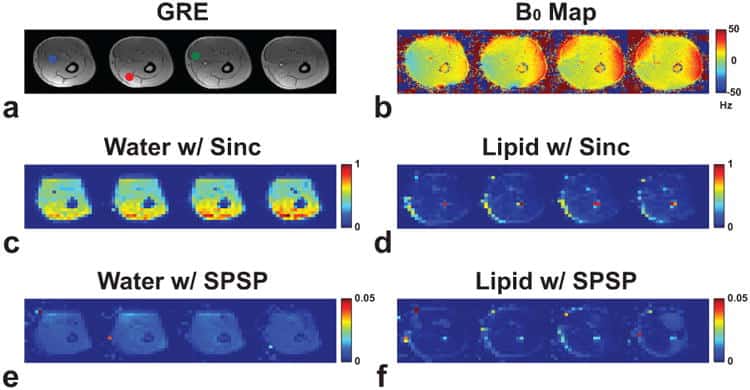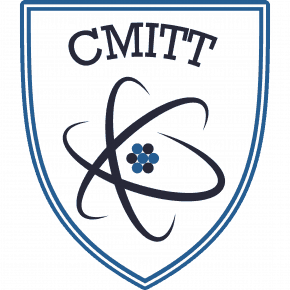Han PK, Ma C, Deng K, Hu S, Jee KW, Ying K, Chen YL, El Fakhri G.
Magn Reson Imaging. 2018 Jan; 45: 18–25.
Purpose: to develop a spectral-spatial (SPSP) excitation RF pulse for simultaneous water and lipid suppression in proton (1H) magnetic resonance spectroscopic imaging (MRSI) of body extremities.
An SPSP excitation pulse is designed to excite Creatine (Cr) and Choline (Cho) metabolite signals while suppressing the overwhelming water and lipid signals. The SPSP pulse is designed using a recently proposed multidimensional Shinnar-Le Roux (SLR) RF pulse design method. A minimum-phase spectral selectivity profile is used to minimize signal loss from T2* decay.
The performance of the SPSP pulse is evaluated via Bloch equation simulations and phantom experiments. The feasibility of the proposed method is demonstrated using three-dimensional, short repetition-time, free induction decay-based 1H-MRSI in the thigh muscle at 3 T.
The proposed SPSP excitation pulse is useful for simultaneous water and lipid suppression. The proposed method enables new applications of high-resolution 1H-MRSI in body extremities.

